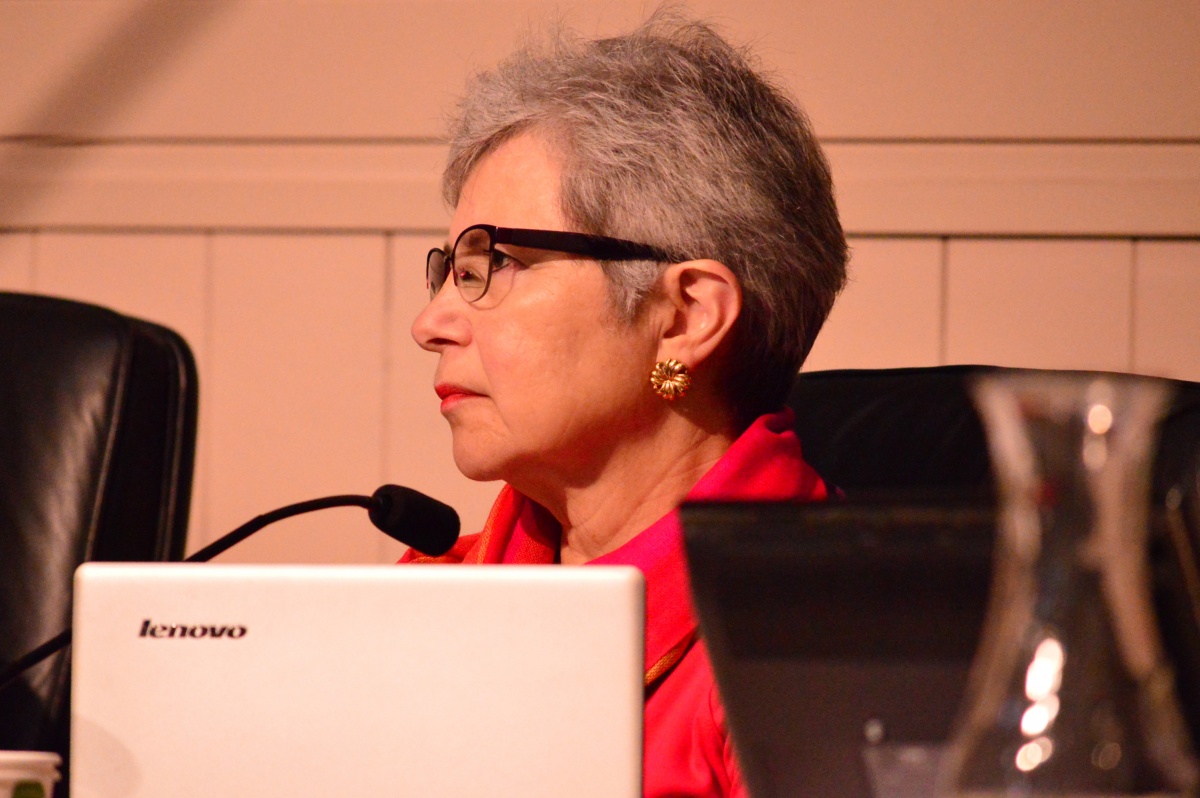
The Clean Power Alliance on Oct. 3 made its single largest acquisition of clean, renewable energy by signing for the output of a large proposed Arizona wind farm. The deal will double CPA’s long-term electric energy resource portfolio and save it an estimated $8 million per year compared to the prices it pays on the short-term energy market for renewable energy. CPA’s chairperson is South Pasadena District 5 city council member Diana Mahmud.
The agreement is with a subsidiary of NextEra Energy Resources, an affiliate of a big Florida utility that says it is the world’s largest generator of renewable energy. It is for a 300-megawatt (MW) share of the White Hills Wind project being developed about 50 miles southeast of Las Vegas. Although the project boundary encompasses 24,000 acres, the wind turbines themselves will only disturb 153 acres of land.
NextEra acquired the development, which was originally begun by BP Energy over 10 years ago. When it goes online the last day of 2020, it will provide CPA with 830,100 megawatt hours (MWh), enough to supply about 7 percent of CPA’s projected customer load and 11 percent of its current overall renewable energy need of 7,500 MW. CPA provides electric service to about a million residential and commercial customers in Los Angeles and Ventura counties, including South Pasadena.

CPA said the project will allow it to reduce the premium it charges for its 100 percent Green, 50 percent Clean and 36 percent Lean power rates, and that the near-term online date will enable CPA “to comply with state renewable energy mandates in a cost-effective and expeditious manner.”
A copy of the 108-page contract was released ( pages 123-238 of the agenda ), but the actual price CPA will pay, along with a page-long section entitled “Buyer’s Financial Statements” as well as other contract terms, were redacted. CPA said it will pay a flat, fixed price per MWh through the 20-year term.
Of CPA’s 31-member board, only two serve on the CPA group with access to the confidential pricing terms. Some board members objected, saying they could not vote on a deal the price of which they did not know.
Natasha Keefer, CPA director of power planning and procurement, allowed that the 20-year “notional value” of the contract is over $600 million. CPA Executive Director Ted Bardacke and General Counsel Nancy Whang stressed the need to keep the price confidential to protect CPA’s negotiating stance, especially as CPA has already announced a new round of requests for long term renewable resources. CPA said it would disclose the price after a three-year withholding period.
The contract is CPA’s first with an out-of-state supplier and its second contract with NextEra, the first being a 15-year deal for the 233 MW Arlington Solar plant in Riverside County. Its 20-year term is the longest of any of the four other power purchase agreements CPA has consummated. Only one of those, for a 21.6 MW share of a Tehachapi wind plant, is currently supplying energy to CPA. The rest are slated to begin deliveries over a 12-month period starting December 31, 2020.
Although the project was negotiated bilaterally and not submitted under a competitive bidding process, it was commended to the board because it is in a “late-stage development” phase at a time when only a smattering of new wind capacity is available in California. Also, it will generate significant output at night, which is needed to complement CPA’s 273 MW of solar contracts. The developer has secured most of the necessary regulatory and environmental permits, has made transmission arrangements and is “highly de-risked,” said Natasha Keefer, CPA director of power planning and procurement.
CPA now tests its decisions on resource acquisition against on a set of six criteria: valuation, development risk, environmental stewardship, workforce development, project location and benefits to disadvantaged communities.
White Hills Wind scored well on CPA’s criteria for valuation, development risk and environmental stewardship, but not the others, since it is in Arizona and not within a disadvantaged community. While construction will support 300 jobs and ongoing operations will supply 10 permanent positions, all will be out-of-state.
However CPA accepted NextEra’s offer of a four-year, $1 million investment in “workforce development efforts” in L. A. and Ventura Counties, money over which CPA will have control. NextEra also agreed to employ at least 30 IBEW members during construction and use its “best efforts” to employ and recruit members of protected classes.
NextEra also made late changes to the project size and footprint. The developer originally sought to build a 425 MW wind farm that would require considerably more wind turbines in the desert. But to be a “good steward of the environment,” it elected to reduce the project down to 350 MW “specifically to avoid potentially biologically and culturally sensitive areas,” according to Bryan Garner, NextEra Energy’s director of communication.
The remaining 50 MW has already been sold to an unidentified buyer.
The development includes 18 environmental compliance plans that cover 310 best-management practices and mitigation measures, including bird and bat conservation strategies, CPA’s Keefer said.
Representatives from two of the municipal members voted against the contract–Carson and Ojai. Representative from five others—Aracadia, Beverly Hills, Hawaiian Gardens, Temple City and Ventura City–were not present.
Carson Mayor Pro Tem Cedric L. Hicks Sr. said he opposed the project both because it did not go through CPA’s normal competitive procurement process and because, as a union supporter, he wanted to “make sure the jobs stay here in California.” He said he was not persuaded by staff’s argument that California’s wind market is saturated or by the $1 million workforce grant. “If we’re doing a $600 million project and we only get $1 million back, I don’t think it’s equitable.”
EDITOR’S NOTE: After this story was posted, the Clean Power Alliance reported the City of Ojai advised it that the City’s vote and been incorrectly recorded. The City clarified it voted to support the White Hills Wind contract. CPA has amended its records accordingly.















.png)








